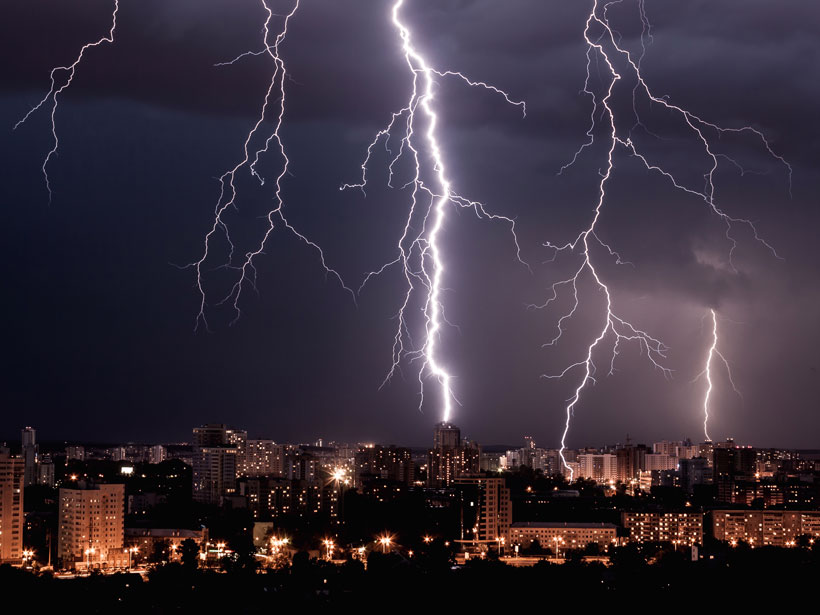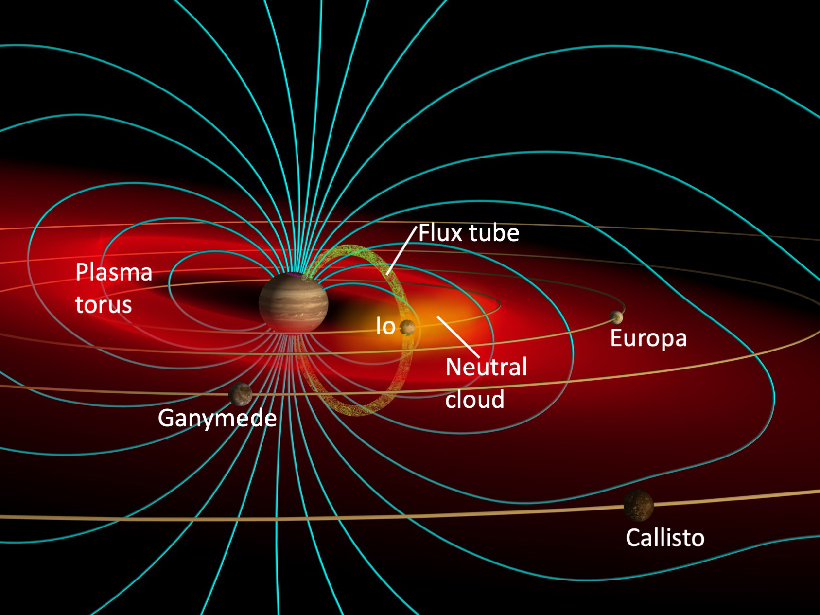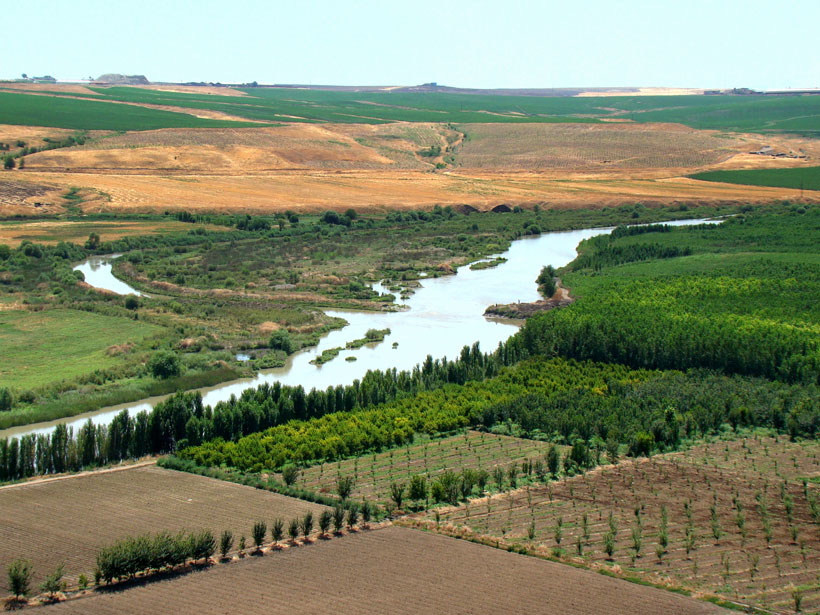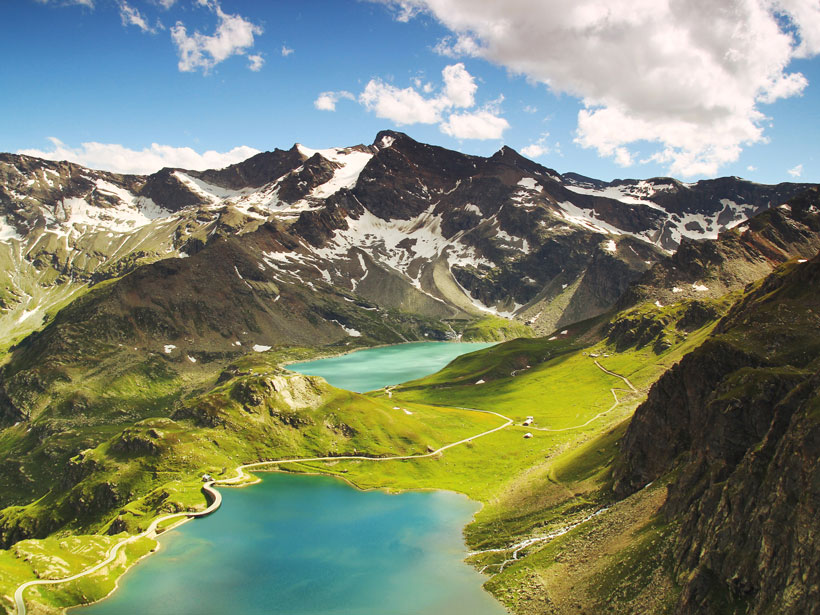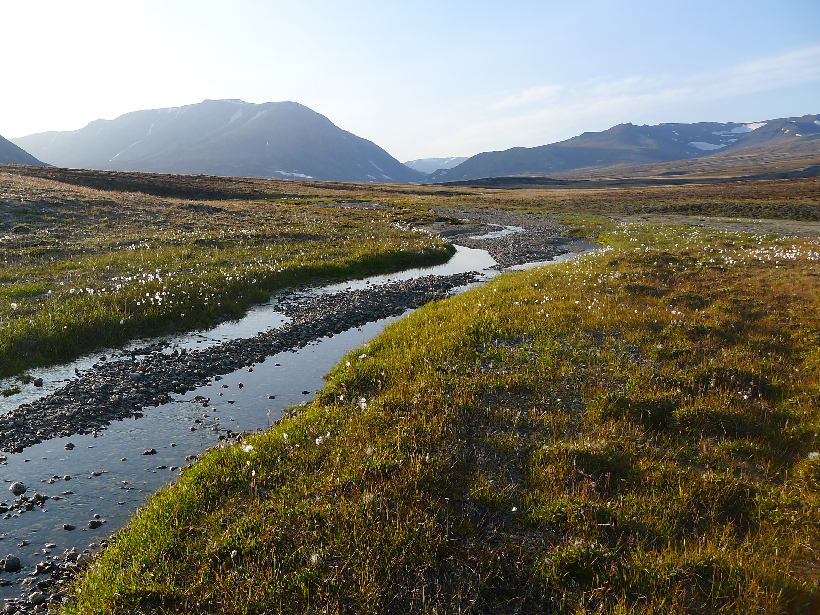In May, we look at lightning—what it tells us about dangerous weather, how to find it on other planets, and what we might learn if we get all that data in one place.
AGU 2020
Predicting the Future of Greenland’s Melting Ice Sheet
Despite recent leaps in our understanding of how climate change is affecting Greenland’s glaciers, many uncertainties remain.
How Financial Markets Can Grow More Climate Savvy
Take extreme weather risks into account, and markets could prove hardier in a changing world.
Two Moons and a Magnetosphere
Decades of research have illuminated how Io and Europa shape—and are shaped by—Jupiter’s giant magnetosphere.
Shaping Water Management with Planetary Boundaries
A new study uses the planetary boundaries concept to formulate an approach to water management that considers both global and local limits to water cycle modifications.
Mountain Streams Exhale More Than Their Share of CO2
Streams that flow down mountainsides are more turbulent than those that run along forest floors, which leads to faster gas exchange between water and air.
A Graceful Way to Study Daily Water Storage on Land
A new analysis technique could help scientists improve the temporal resolution of satellite gravity data and see trends in terrestrial water storage and movement in near real time.
This Week: Fake News, Floods, and a Dazzling Flyby
What Earth and space science stories are we recommending this week?
New Recognition for Major Players in the Ocean’s Silicon Cycle
Tiny, shelled protists known as Rhizaria may be responsible for up to one fifth of the total amount of silica produced by the world’s oceanic organisms.
How Will Climate Change Affect Arctic Stream Slime?
Rising temperatures and thawing permafrost will change nutrient concentrations in Arctic waterways, which will influence the growth of biogeochemically important biofilms.

